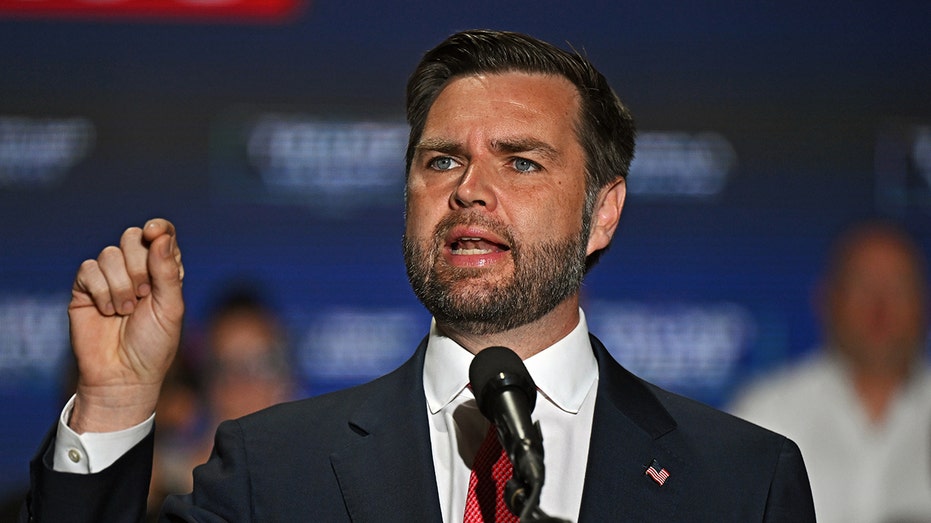
JD Vance, the Vice President of the United States, reported a troubling encounter with pro-Ukrainian protesters while out for a stroll with his 3-year-old daughter. The incident occurred just a week after Vance’s contentious exchange with the President of Ukraine, which has drawn significant public attention.
Vance described the protest as distressing, particularly due to the presence of his young daughter. He stated that the loud and aggressive nature of the demonstrators significantly unsettled her. “It was a frightening experience for her. We should never have to feel unsafe when we’re just trying to enjoy a walk as a family,” Vance said.
Background of the Incident
This confrontation surfaced amid rising tensions around U.S. support for Ukraine. Vance has been vocal regarding his views on the political and military support extended to Ukraine during its ongoing conflict. His recent debate with the Ukrainian President added fuel to the fire, intensifying scrutiny on his stance.
Previous protests have escalated in intensity, with activists seeking to emphasize the urgency of continued support for Ukraine against Russian aggression. Activists argue that such support is crucial to uphold democratic values globally. However, the methods employed in protests can occasionally lead to confrontations that escalate tensions.
Public Reactions
Reactions to Vance’s experience have varied widely across social media platforms. Many expressed empathy for his daughter, emphasizing that political messaging should not endanger families. “Children shouldn’t have to witness such aggressive forms of protest. It’s important for activists to find ways to express their views without threatening safety,” commented one user.
Conversely, other individuals criticized Vance’s portrayal of the incident. Some accused him of using his daughter’s fear to deflect criticisms of his political stance on Ukraine. They argued that public figures must anticipate public scrutiny and dissent.
The Role of Protests in Politics
Protests have long been an integral part of democratic societies, allowing citizens to voice their grievances and influence policy. They can range in tone from peaceful demonstrations to more heated confrontations. In this case, the interaction between Vance and the protesters showcases a significant tension between political speech and personal safety.
Experts suggest that the effectiveness of protests often gets undermined when they result in fear rather than engagement. Political scientists emphasize the importance of non-threatening forms of protest to maintain public support. “While it’s vital for citizens to express their views passionately, they must also consider the impacts of their actions on everyday lives,” noted Dr. Sara Thompson, a political analyst.
Moving Forward
As political debates continue to polarize public opinion on critical issues such as foreign aid and military intervention, incidents like the one involving Vance may prompt renewed discussions about the boundaries of protests. It’s essential to balance the right to protest and the right to public safety.
Looking ahead, both public figures and protest organizers might need to navigate these waters more carefully. Creating a dialogue that allows for passionate expression without fear might foster a healthier discourse in the nation.
Vance’s assertion that this incident has repercussions beyond personal safety has numerous implications. Families should be able to participate in community activities without fear of harassment. Furthermore, the political environment must strive for a balance where advocacy does not lead to hostility.
Reference: Source Article

